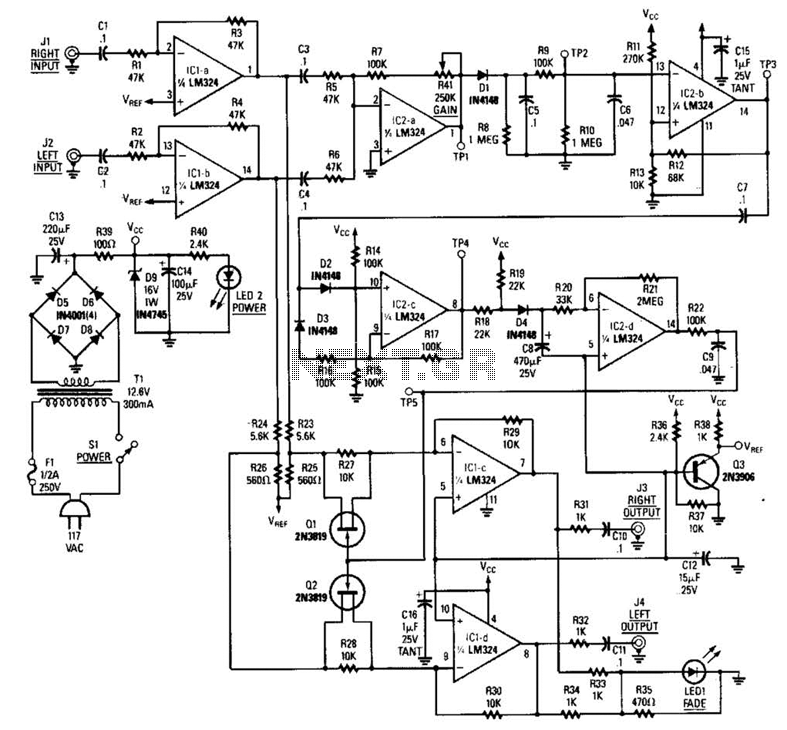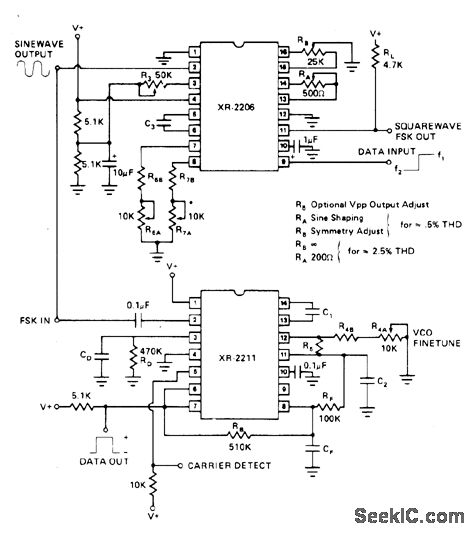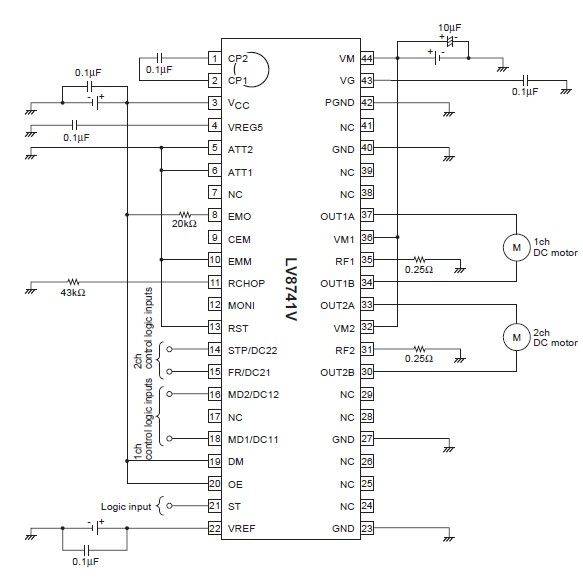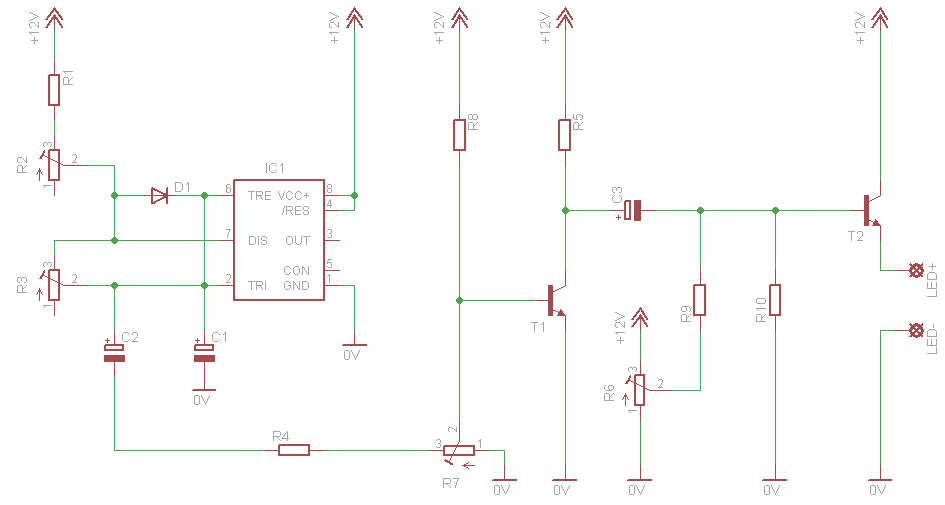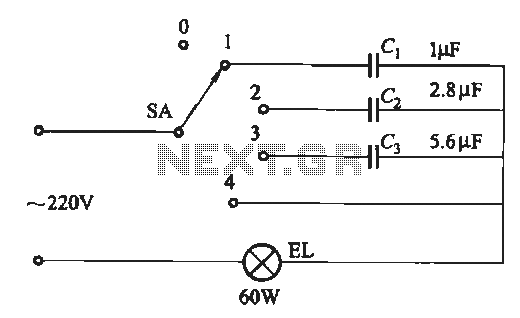
Rumble Mod Circuit For Steel Battalion
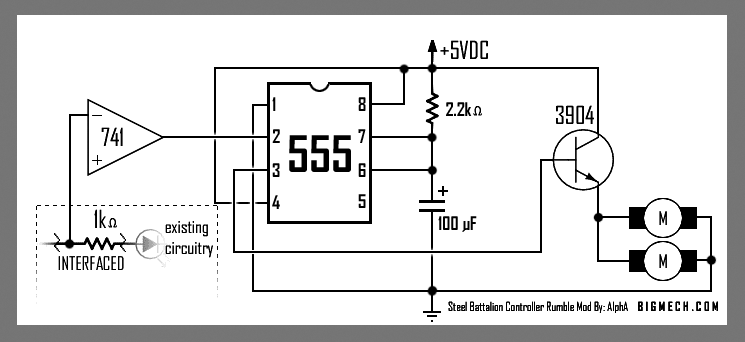
This is the large controller utilized for the game Steel Battalion for the Xbox. The schematic diagram was sourced from an individual named Alpha who created it for his own use.
The Steel Battalion controller is a specialized input device designed to enhance the gaming experience for the Steel Battalion game, which is known for its complex control requirements. The controller features an extensive array of buttons, switches, and joysticks, all arranged to facilitate the operation of a virtual mech in the game.
The schematic diagram typically includes detailed information about the layout and connections of various components, such as analog joysticks, push buttons, and toggle switches. Each component is connected to a microcontroller that interprets the input signals and translates them into commands for the Xbox console.
Key features of the controller may include multiple analog inputs for precise control of movement, a variety of buttons for executing different actions, and possibly a force feedback mechanism to provide tactile feedback to the user. The controller's design would also need to accommodate proper ergonomics to ensure comfort during extended gameplay sessions.
The circuit design would involve considerations for power supply, signal conditioning, and communication protocols, such as USB or proprietary interfaces, to ensure compatibility with the Xbox system. The schematic would also detail the necessary resistors, capacitors, and other passive components that support the functionality and stability of the controller.
Overall, the comprehensive design of the Steel Battalion controller is a testament to the complexity of modern gaming peripherals, providing an immersive experience that closely simulates the operation of a mech in a battlefield scenario.This is the giant controller used for the game Steel Battalion for the xbox. I used this schematic diagram from a guy called Alpha who did it to his.. 🔗 External reference
The Steel Battalion controller is a specialized input device designed to enhance the gaming experience for the Steel Battalion game, which is known for its complex control requirements. The controller features an extensive array of buttons, switches, and joysticks, all arranged to facilitate the operation of a virtual mech in the game.
The schematic diagram typically includes detailed information about the layout and connections of various components, such as analog joysticks, push buttons, and toggle switches. Each component is connected to a microcontroller that interprets the input signals and translates them into commands for the Xbox console.
Key features of the controller may include multiple analog inputs for precise control of movement, a variety of buttons for executing different actions, and possibly a force feedback mechanism to provide tactile feedback to the user. The controller's design would also need to accommodate proper ergonomics to ensure comfort during extended gameplay sessions.
The circuit design would involve considerations for power supply, signal conditioning, and communication protocols, such as USB or proprietary interfaces, to ensure compatibility with the Xbox system. The schematic would also detail the necessary resistors, capacitors, and other passive components that support the functionality and stability of the controller.
Overall, the comprehensive design of the Steel Battalion controller is a testament to the complexity of modern gaming peripherals, providing an immersive experience that closely simulates the operation of a mech in a battlefield scenario.This is the giant controller used for the game Steel Battalion for the xbox. I used this schematic diagram from a guy called Alpha who did it to his.. 🔗 External reference
